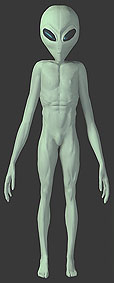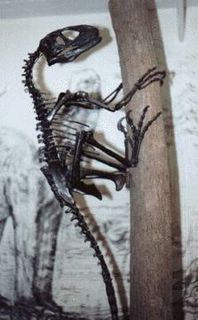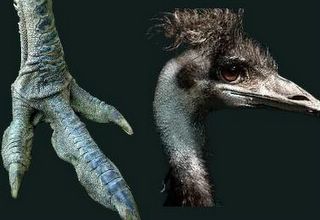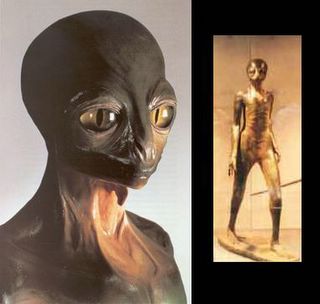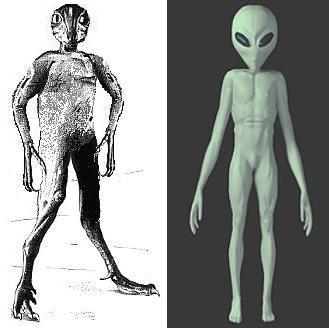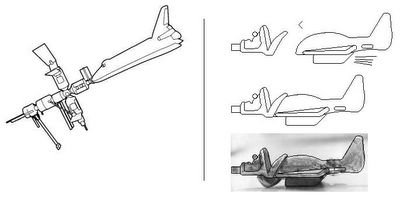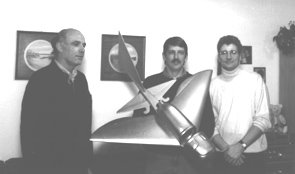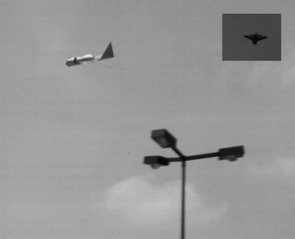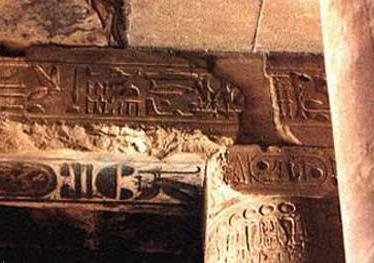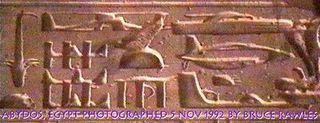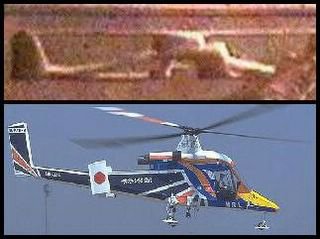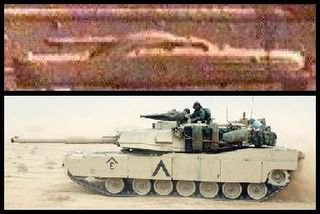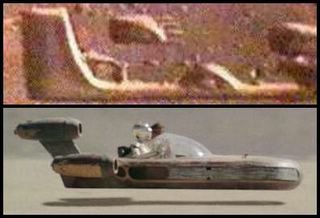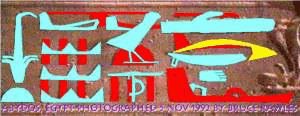Accepting the almost infinite timescales involved, and mankind’s relatively short lived existence. Its logical to assume that many of these extra terrestrial beings have evolved over a longer period of time than mankind, and that they possibly posses technology vastly superior to our own.
Is it therefore logical to assume that these life forms have visited earth? Or in fact that their technology is not governed by the laws of physics and science as we know it?
Well lets take a quick look at the distances involved in travelling from one planet to another or indeed another solar system. Distances that are far to frequently banded around in flippant conversation with regards to the size of space and travel within it. Terms like light year, galaxy and solar system.
The closest know solar system that is similar to our own is Vega. It is one of the brightest stars in the sky and harbours a complete set of planets similar to our own and an outer belt of colliding comets. It is young, just 350 million years old compared to our Sun, which is 4.6 billion years old, and is easily visible at night without the use of a telescope.
So how far is this ‘closest’ solar system?
Well its approximately 27 light years away… 27? That doesn’t sound like much does it? So how can we comprehend just how far that distance really is in Lamenistic terms.
A light year is how long it takes light to travel from one point to another. In our case, it takes 27 years for light to travel from Vega to earth. Light travels roughly at 186,000 miles per second, and is the fastest scientifically calculable speed possible for anything (For more information on light click here).
So does banding around these extraordinarily large numbers help us comprehend the distance involved? Not really, they are figures still to large to comprehend, so lets use another example.
Lets imagine that the distance between Earth and Vega is the same scalable distance as from New York to Loss Angeles (about 27000 miles). Now we have our scale how far do you suppose the moon would be, still baring in mind its 27000 miles to Los Angeles? Well its about 7 millimetres! Meaning if you set off from New York to Los Angeles you would have comfortable passed the moon after just 1 centimetre, a distance that no car on Earth could take you during its life time.
Even if you invented an automobile that did 1000 miles to the gallon, never broke down, and the fuel for it only cost a penny per gallon, then 1 million pounds worth of fuel would only take you 10 Billion miles. Vega would still be 1584 times further away, and that’s our closest possible neighbour.
Consider the following and bear in mind the example above in each:
~ It is approximately 93 million miles to the Sun from Earth.
~ It is approximately 3660 million miles from Pluto to the Sun. The furthest planet in our solar system.
~ The distance from one end of our Milky Way to the other is about 100,000 light years, and it is about 20,000 light years deep. It contains about 100,000 million stars. Our Sun is about two thirds of the way out from the centre on one of the spiral arms, called the Orion arm.

The next closest real galaxy to our own is the Andromida Galaxy which is about 2.2 million light years away, a veritable stone throw given the size of the universe.
Using our car analogy above, and assuming we never needed to refuel or stop. If we travelled at 200 miles an hour it would take us 7.6 TRILLION years to reach Andromida.
Still think space travel is easy?
